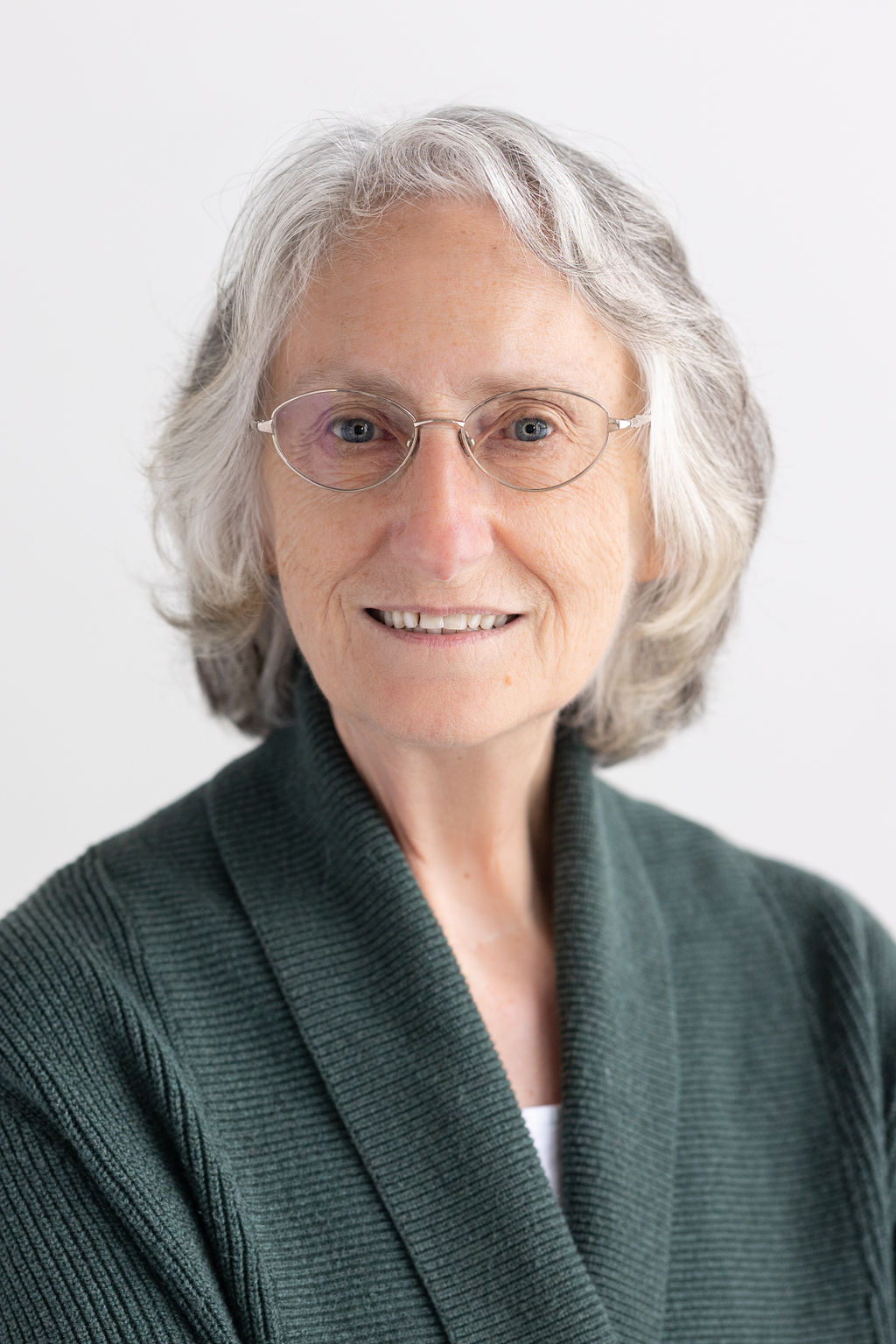
My late husband was a stoic and I used to envy his calm in the face of something about to happen that he didn’t like. He might say something or try something, but if he had to go through a hard or unpleasant experience, he accepted it, remained calm, and got on with it. I was and am the complete opposite. I’ll wriggle, protest, strategize, and struggle to avoid things I don’t want to do.
At one point, however, I learned that both approaches have value and that it’s a matter of figuring out which approach to use in which situation. I learned this back in February, 1968 when my then fiancé got a letter from the army requiring him to report for his pre-induction physical for the draft. His lips went tight, he ground his teeth, he said nothing, and he waited for what he thought was ‘the inevitable.’ At the time, he was half-way through his Ph.D. in chemistry. He passed that physical, was given 1A status (‘draftable’). He was about to lose it all.
The ‘call’ for the draft came shortly afterwards and was about four months away. For the first month, I said ‘there must be something we can do, something you can do,’ but he didn’t respond to that. Maybe he was simply a deer in the headlights, but it wasn’t atypical of his usual pattern. By month two, I decided I didn’t want to marry a man who’d been to war. My father was seriously damaged physically and psychologically by WWII and I didn’t want to face that again. Yet, I loved my fiancé deeply and couldn’t imagine being married to anyone else. The solution was to find an answer to the draft problem.
We were both attending the University of Windsor in Windsor, Ontario, Canada and there were plenty of draft dodgers and deserters enrolled there. One of them, Kevin, did a lot of draft counseling and created a ‘community’ for the dodgers/deserters who were enrolled. I went to see him and, eventually, convinced my fiancé to come, too. My fiancé was 6’1″ in height, but he weighed only 135 lbs. In his entire life, he never weighed more than that. To Kevin, the solution was obvious. Lose weight. Get under 131, which, at that time, was the minimum. That’s not an easy task if you’re already a beanpole, but he still had three months to go and he decided it was worth a try. Being under the limit would get him 1Y status. Getting 1A meant draft. Getting 1Y meant ‘draftable’ after all the 1As were drafted. In 1968, my fiancé was 24 and the upper age limit for the draft was 26.
To be ‘sure,’ Kevin told us to get a lawyer. We had no idea where to get one, but I was leafing through a copy of the Detroit Free Press one day and saw an ad for a new law firm headed up by two guys who’d just got their law degrees and were setting up shop with a specific focus on helping guys their age with the draft. Lucky, serendipitous, we went. We retained them with my grandparents’ inheritance, which I’d received in the fall of 1967. It wasn’t a lot, but it was enough for ‘one shot’ and that’s all we needed.
The morning he reported for induction was one of the scariest mornings we’d ever spent. He left at 6 a.m. and I had no idea if I’d see him again that morning or if he’d be off to boot camp and I’d not see him for weeks. He called mid-morning. ‘Come and get me,’ he said. I picked him up and learned that not only was he underweight (129 that morning), but that the lawyers had arranged a ‘stop injunction order’ from the Surgeon General of the United States. My grandparents’ inheritance bought peace of mind for me, and the ability to finish his Ph.D. for him.
I also inherited the museum-quality oil portraits of my grandparents, painted around the time of their marriage in 1902. I look at them often with gratitude.
